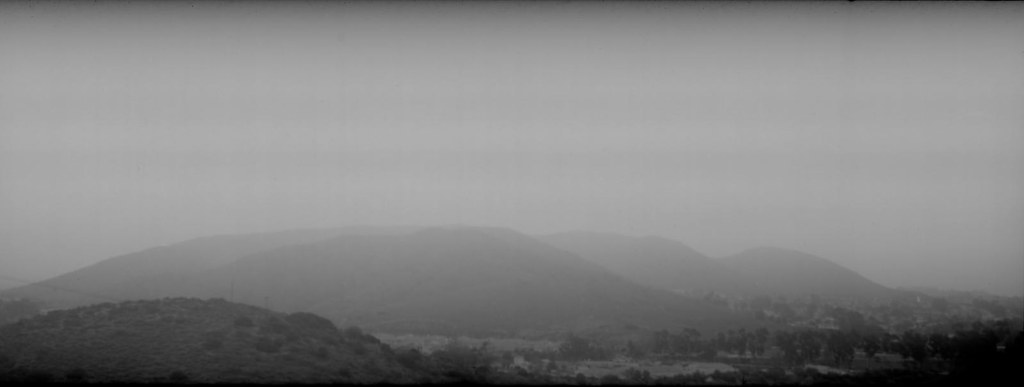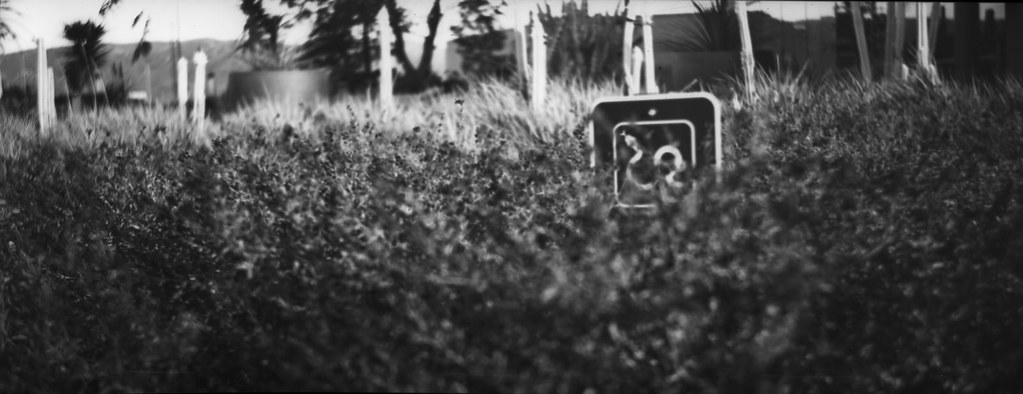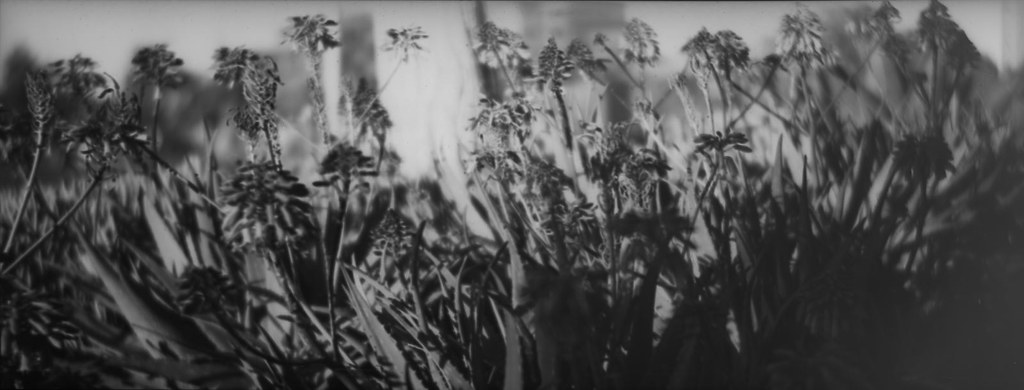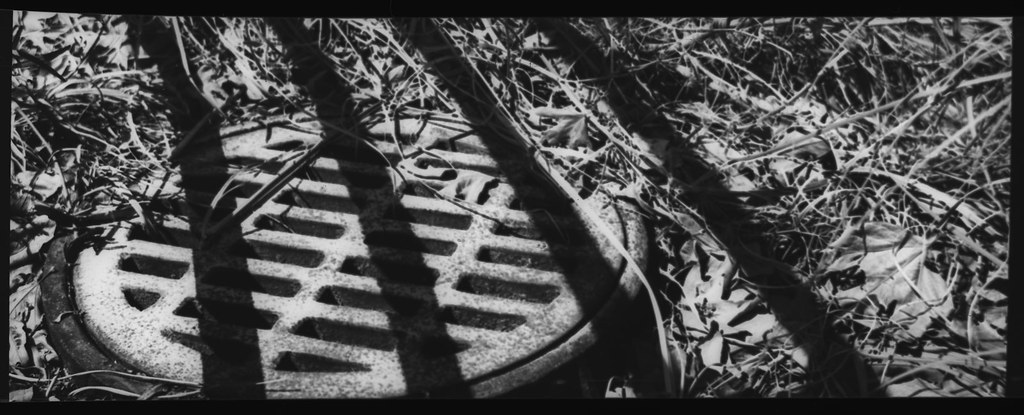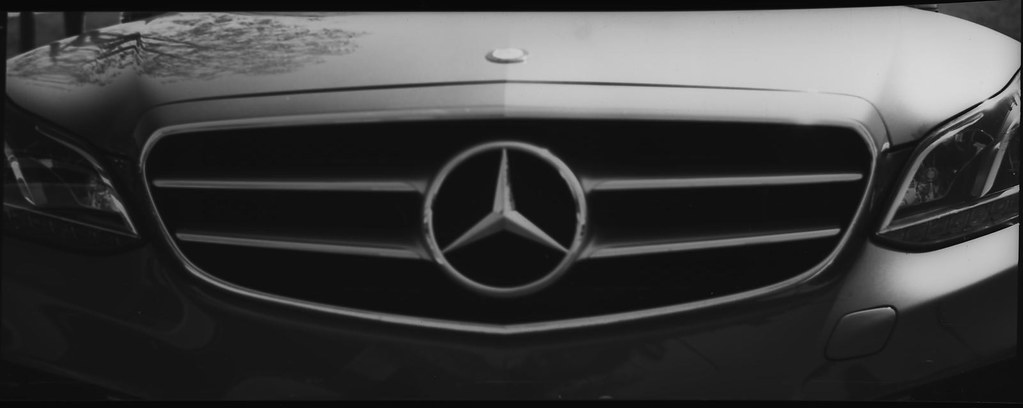I went out to the desert near Anza Borego with a couple of friends with the purpose of shooting our rifles. They both have modern sporting rifles of the AR variety, while I have a trusty 1925 Mosin Nagant 91/30. I find that the AR platform is 'fun' to shoot, but not much of a challenge at 100yds. The Mosin on the other hand is hard enough just to hold, let alone hit something 100yds away. But that's not what I wanted to write about. I also brought a camera (as I am want to do).

I brought the 1939 Voigtländer Bessa 6x9. I really like that camera. It is light, it is rugged (though not weather-proof) and it looks good. On top of that, it takes very nice photos. They are not tack sharp like a digital or modern film camera with high-tech coated optics, but they are 6x9 cm which is a very large medium format image. They also have a character to them that appeals to my aesthetic. This is a digital photo of it (forgive me, I didn't have a film image of it at hand). Everything is manual, so the process goes something like this... Meter the light with a hand-held meter (I usually use my Sekonic Digilite F, but on this trip I left it home and used the 'sunny 16' rule), set the aperture and the shutter speed dials on the front of the shutter, cock the shutter lever (sets the tension on the shutter spring) and estimate the distance to the subject (no range finder on this one), set the focus ring to the appropriate distance, compose the shot through the view finder and actuate the shutter. Don't forget to wind the film with the winder key on the bottom of the camera, watching the red window on the back for the next frame number to come along. It is a process to be sure, but it forces me to slow down and think about the image. Ansel Adams was a big proponent of working backwards. FIRST you envision what the print will look like. Then you go about making that photo. I am not quite there yet, but these older cameras make me think harder about each frame. Part of it is the cost. Obviously, neglecting the initial cost of equipment (I paid less than $100 for this camera), compared to digital images (which are practically free) these are quite dear. 120 roll film is around $5-$7 per roll and I get 8 shots per roll with this camera (that's ¢63 - ¢88 per shot). Then if I send it away to be processed, that is another $10-$12 per roll (that's another $1.25 - $1.50 per shot), so at $1.88 - $2.38 per image, I think before I push the button (usually). Whereas with my digital equipment, I happily snap away (as does everyone), secure in the knowledge that I can trash 99% of the photos and still be ahead.
So why do it? Why not just take the digital images, add some grain, desaturate and call it good? I have certainly done that in the past, so what I say next is from experience. I am not just emoting here. IT IS NOT THE SAME!! Film photography has an experience to it. It is visceral. It costs you something, not just monetarily but it requires an investment from your soul that I never felt with digital. Digital is about the technology. Not to say that there are not fine artists making amazing images, but for me it feels like I tend to snap away more with less thought, and I see others do it too.
Back to the desert... Between shooting targets (the Mosin packs a punch and my shoulder needs to rest) I would walk around and see what there was to photograph. There wasn't much really. It was a pretty barren place, but I tried switching over to my right brain and 'seeing' what I could see. The ocotillo was blooming. I only had Tmax 100 in the camera, so the colors were not going to be a focus even though the orange blossoms on the strange looking green stalks would have made a nice image. I decided to take a couple of photos anyway since the textures were just as interesting as the colors.
I enjoyed my time in the desert (sort of). I'm not a huge fan of heat and dessicating winds and sun exposure, but I got a chance to make some photos that I enjoy. I hope you enjoy them too.

